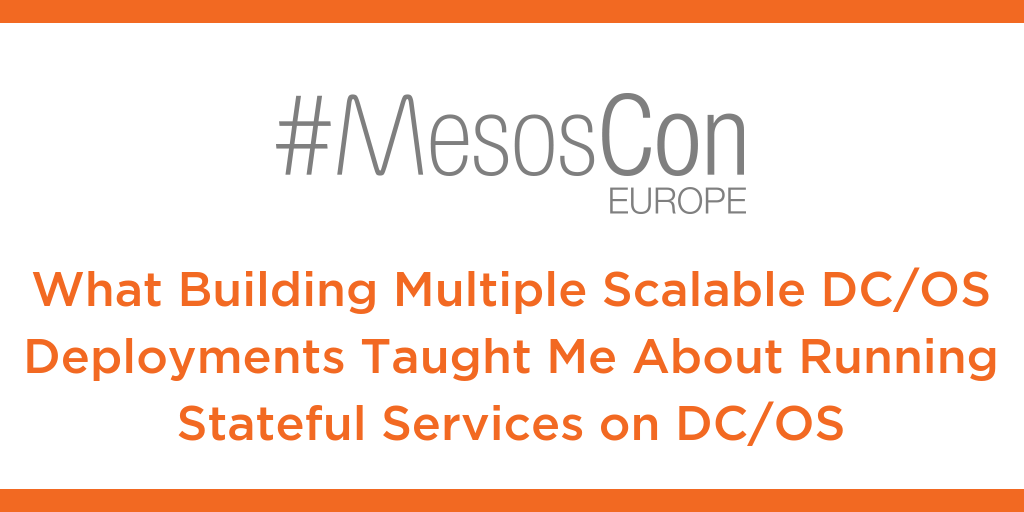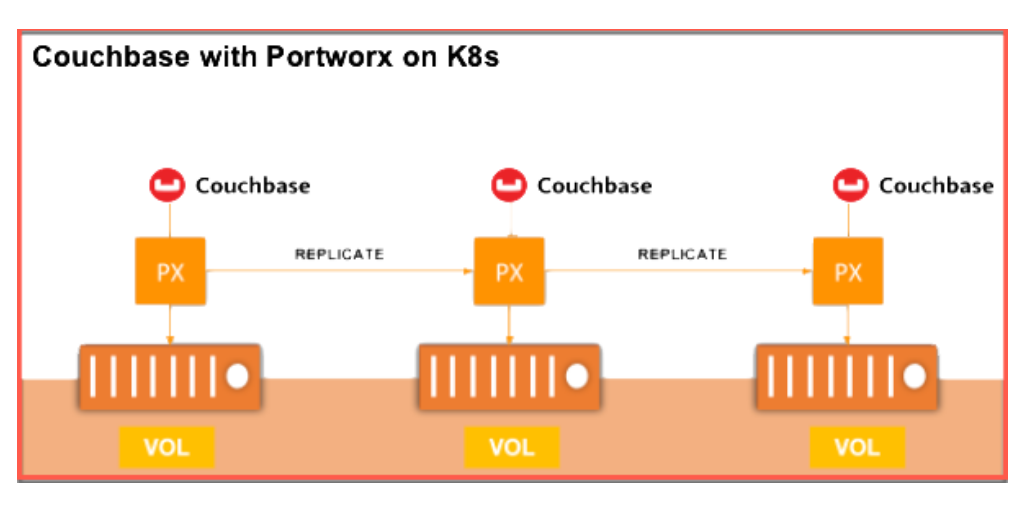
KPN is one of the largest telecommunications companies in the Netherlands. DevOps engineer Jeroen van Gemert shares how Portworx helps them get the most out of Kubernetes.
This is a guest post by Jeroen van Gemert, DevOps engineer, KPN. Originally found on purestorage.com.
As a DevOps engineer for KPN, one of the largest telecommunications companies in the Netherlands, I’m in a position to work with innovative technologies that set the tone for the future of our company. Whether supporting simple texts between friends or location-based tracking technology to help someone find their lost bike, we keep customers connected in an increasingly digital world.
Disaster Recovery in a Diversified Environment
KPN serves millions of customers across the Netherlands, from hospitals using our IoT telemetry services to monitor their equipment to shipping companies running business-critical logistics systems on our cloud. Despite covering such a broad range of industries and client bases, these companies all have one thing in common: Data sits at the heart of their applications.
That said, our customers don’t want to worry about their data. They trust us to keep it secure and available at all times. To achieve this, we’ve built our multi-tenant Kubernetes platform on four key pillars: isolation, managing diversity, scalability and reliability, and data protection.
Getting the Most Out of Kubernetes
One of the more transformational choices our team made recently was to move workloads to a Kubernetes containerized environment.
The approach worked well at first, but it soon became clear that our data storage model was no longer fit for this way of working. We began to see significant slowdowns once input/output activity climbed above a certain threshold. And our customers couldn’t add storage volumes once they outgrew their existing capacity. They had to ask for our assistance, which was inconvenient for them and added to our team’s workload.
Disaster recovery (DR) and backup also began to show limitations. For DR, we replicated our storage from one Gluster server to another in a secondary data center, which meant that in the case of a disaster, we had to rebuild the Gluster server in its entirety.
Backup was another story. At the time, we created snapshots of entire virtual machines where our storage was located. The disadvantage was that we couldn’t just restore a single data set or piece of data. We had to restore the complete node, extract the relevant data, and then copy it to a cluster that was running.
Between these inefficiencies and the complications they caused for clients, all signs pointed to a plateau for our previous approach to storage. To make the most of our new Kubernetes environment, we needed a better solution.
Better Backup and Disaster Recovery
After taking a deep breath and researching a number of vendors, Portworx® emerged as the clear favorite, both for the features it offers and its software roadmap.
“As a bonus, the Portworx team was incredibly supportive throughout our migration. They’re more than technologists; they truly understand our business and customers.” –Jeroen van Gemert, DevOps Engineer, KPN
Since making the transition, we’ve seen a significant improvement in storage performance. We now host our data in the cloud, but it feels just as fast as local storage. Portworx can also handle demanding workloads, which enables us and our customers to use the solution with Elasticsearch and other services and databases.
Crucially, storage volumes scale at the press of a button. If a customer wants to double their capacity from 5GB to 10GB, it happens automatically. Backup is simpler too. We can now back up single data volumes, restore them to another namespace, and then simply copy the data we need directly from that space, which saves us significant time and headaches.
Portworx has also helped us to modernize our disaster recovery model. We now run a pair of full Kubernetes clusters, with Portworx managing replication between the two. One advantage of this setup is that our disaster recovery site is also running a complete Kubernetes cluster, so it fires up more quickly than our previous configuration.
As a bonus, the Portworx team was incredibly supportive throughout our migration. They’re more than technologists; they truly understand our business and customers. The personalized, hands-on support they provide made the difference between a good result and the genuinely transformational system performance we’ve now achieved.
Portworx: The Best of Both Worlds
If I had to sum up what sets Portworx apart, it’s that they give you the best of both worlds.
On the one hand, the software simplifies and streamlines processes. When combined with an orchestration solution like Kubernetes, Portworx becomes a single platform and storage layer that can be operated the same way across multiple clusters and use cases. On the other, the platform leaves plenty of room for us to configure and optimize individual clusters to match the specific needs of our customers.
This is a real advantage for the KPN DevOps team when we talk to decision-makers in different industries. Whether your specialty is logistics, healthcare, or transportation, everyone speaks the same language when it comes to the reliability and performance of their information systems. With Portworx, we know we can deliver the level of service our customers expect. Most importantly, we’re making their lives easier, and their businesses more resilient and successful.
Share
Subscribe for Updates
About Us
Portworx is the leader in cloud native storage for containers.
Thanks for subscribing!

Michele Jackson
Pure Storage | Director of Customer Marketing & Advocacy
MesosCon 2017: What Building Multiple Scalable DC/OS Deployments Taught Me About Running Stateful Services on DC/OS






